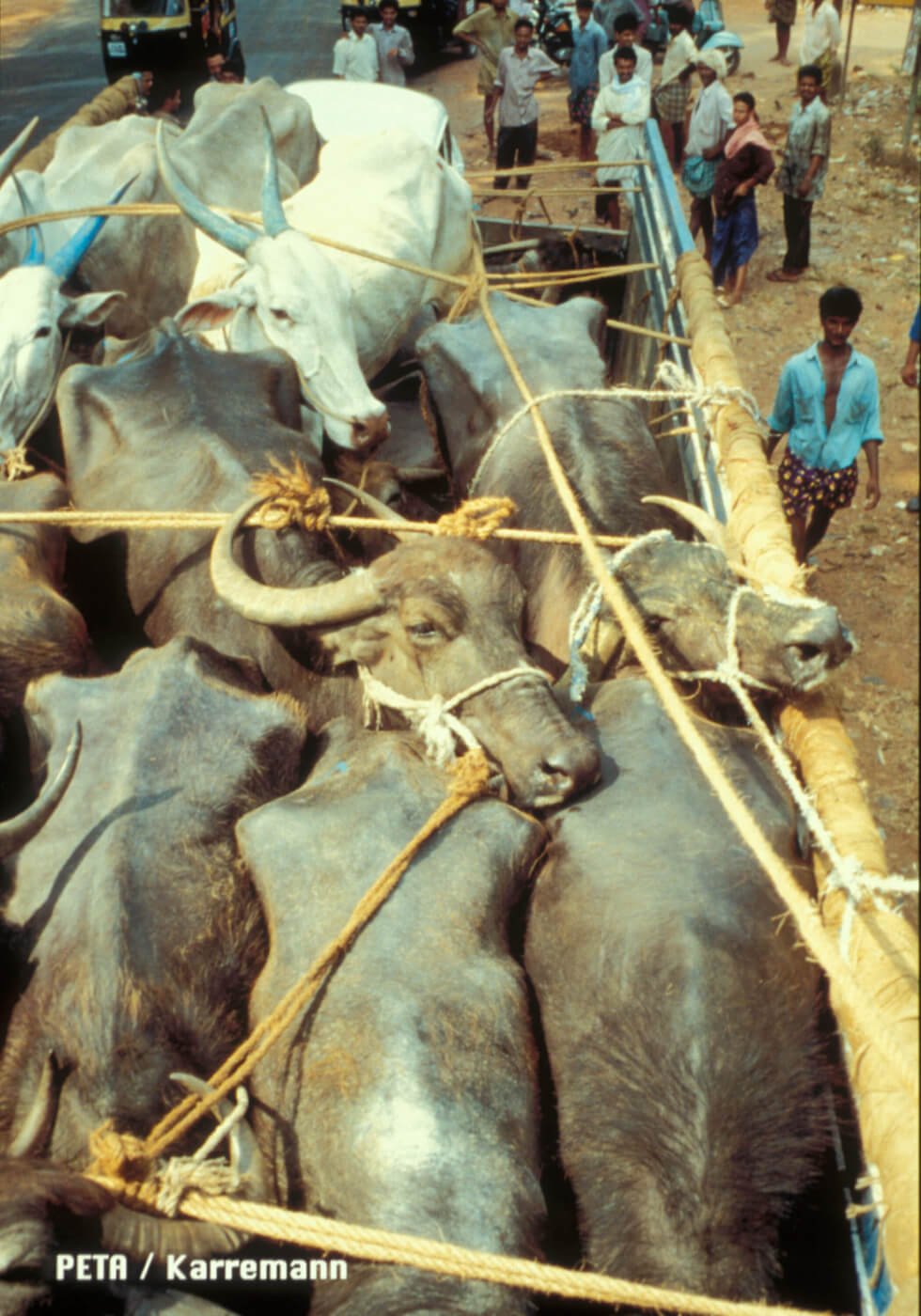See It Here First: Real Leather, No Cow Needed
“I’m convinced that in 30 years when we look back on today and on how we raise and slaughter billions of animals to make our hamburgers and our handbags, we’ll see this as being wasteful, and indeed, crazy.” Andras Forgacs, a leader in biomedical tissue engineering, doesn’t mince words when he talks about all the problems with raising animals to be killed for food and clothing. But thanks to Forgacs’ ingenuity, killing animals for belts and burgers could soon be nothing but a bad memory.
Animals are not just raw materials. They’re living beings, and already our livestock is one of the largest users of land, fresh water, and one of the biggest producers of greenhouse gases, which drive climate change. On top of this, when you get so many animals so close together, it creates a breeding ground for disease and opportunities for harm and abuse. Clearly, we cannot continue on this path, which puts the environment, public health, and food security at risk. There is another way.
—Andras Forgacs
Forgacs and his father started a tissue engineering company that creates human tissues for medical research and transplants. He soon realized that the same technology that he uses to grow human body parts could also be used to grow animal tissues that can become leather or even meat—without any cruelty or death involved. Since animal products are, as Forgacs puts it, “just collections of tissues,” he asked himself, “What if, instead of starting with a complex and sentient animal, we started with what the tissues are made of, the basic unit of life, the cell?”
Forgacs did just that—and he showed a lucky group of people at the Technology, Entertainment, and Design (TED) Global Conference how real leather can be produced from just a few animal cells in a laboratory and gave them the first glimpse of the revolutionary material:
Not only does this real leather have the potential to save millions of animals’ lives, it also trumps conventional leather when it comes to versatility: Because we can craft it to be exactly what we want, we can grow it into any shape, size, thickness, or texture that we can imagine. It seems that the future of lab-grown leather is as bright as the futures of the animals it has the potential to save.


